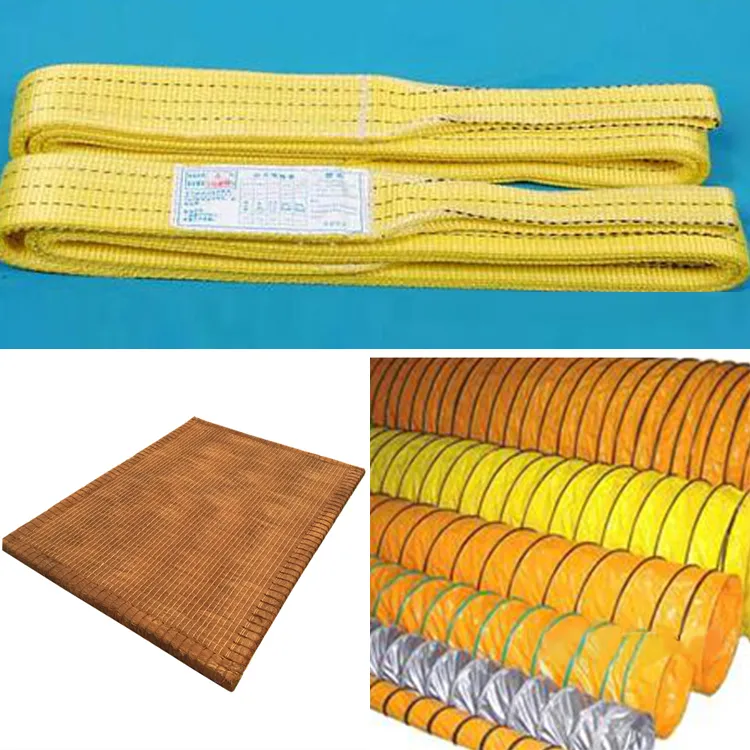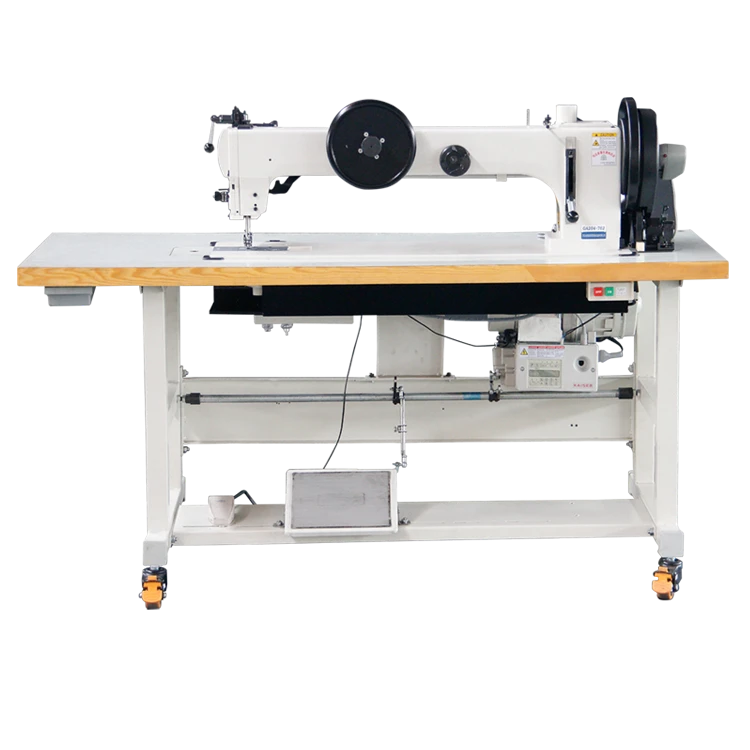Feb. . 14, 2025 07:06
Back to list
stitching leather with sewing machine
Stitching leather using a sewing machine can be a rewarding endeavor, especially for those passionate about leathercraft. With the right equipment and techniques, even beginners can produce durable, professional-quality items. Let’s explore the journey of stitching leather with a sewing machine, starting with machine selection, necessary tools, and the keys to producing beautiful and reliable leather goods.
Preparation is crucial in leather stitching. Before you begin sewing, carefully mark where each stitch will go using a leather marking tool. This step ensures precision and uniformity in the final product. Moreover, conditioning the leather before sewing can prevent cracks and promote flexibility, making it easier to handle during the sewing process. Another critical step is using a seam roller to flatten seams before and after stitching, which not only helps in reducing bulkiness but also enhances the visual appeal of the finished product. Adjusting Machine Settings for Leather Adjusting your sewing machine settings to accommodate leather's thickness is essential. Start by lengthening your stitch slightly; a stitch length of 3.5 to 4.0 mm often works well for leather. This adjustment helps prevent perforation, which can weaken the leather. Tension adjustments may also be necessary to account for the thicker material and thread. Testing these settings on scrap pieces of leather is prudent before embarking on your final project. Mastering Leather Stitching Techniques For a polished look, mastering key leather stitching techniques is essential. Backstitching at the beginning and end of a seam is imperative to prevent unraveling and ensure durability. When turning corners, slow down and manually guide the leather using the hand wheel, lifting the presser foot to pivot the material. This ensures cleaner and more precise corners, enhancing the item’s overall aesthetic. Building Your Expertise and Trust Consistent practice and dedication are foundational in mastering leather stitching. Building expertise not only involves refining technique but also understanding the nuances of leather types and their unique handling requirements. Engage in communities, attend workshops, or seek mentorship from seasoned leathercrafters to expand knowledge and expertise. Sharing experiences and results can inspire trust among peers and potential clients, establishing credibility in your work. As leather stitching with a sewing machine combines patience, practice, and the right tools, the journey becomes a fulfilling expertise-building endeavor. Each project, whether a wallet, bag, or jacket, presents an opportunity to further hone skills and deliver exquisite craftsmanship. By understanding the intricacies of both the materials and machines involved, leatherwork enthusiasts can elevate their craft to new heights, producing cherished leather goods that stand the test of time.


Preparation is crucial in leather stitching. Before you begin sewing, carefully mark where each stitch will go using a leather marking tool. This step ensures precision and uniformity in the final product. Moreover, conditioning the leather before sewing can prevent cracks and promote flexibility, making it easier to handle during the sewing process. Another critical step is using a seam roller to flatten seams before and after stitching, which not only helps in reducing bulkiness but also enhances the visual appeal of the finished product. Adjusting Machine Settings for Leather Adjusting your sewing machine settings to accommodate leather's thickness is essential. Start by lengthening your stitch slightly; a stitch length of 3.5 to 4.0 mm often works well for leather. This adjustment helps prevent perforation, which can weaken the leather. Tension adjustments may also be necessary to account for the thicker material and thread. Testing these settings on scrap pieces of leather is prudent before embarking on your final project. Mastering Leather Stitching Techniques For a polished look, mastering key leather stitching techniques is essential. Backstitching at the beginning and end of a seam is imperative to prevent unraveling and ensure durability. When turning corners, slow down and manually guide the leather using the hand wheel, lifting the presser foot to pivot the material. This ensures cleaner and more precise corners, enhancing the item’s overall aesthetic. Building Your Expertise and Trust Consistent practice and dedication are foundational in mastering leather stitching. Building expertise not only involves refining technique but also understanding the nuances of leather types and their unique handling requirements. Engage in communities, attend workshops, or seek mentorship from seasoned leathercrafters to expand knowledge and expertise. Sharing experiences and results can inspire trust among peers and potential clients, establishing credibility in your work. As leather stitching with a sewing machine combines patience, practice, and the right tools, the journey becomes a fulfilling expertise-building endeavor. Each project, whether a wallet, bag, or jacket, presents an opportunity to further hone skills and deliver exquisite craftsmanship. By understanding the intricacies of both the materials and machines involved, leatherwork enthusiasts can elevate their craft to new heights, producing cherished leather goods that stand the test of time.
Previous:
Latest news
-
Heavy Duty Leather Sewing Machine: A Must-Have for Professional LeatherworkNewsMay.28,2025
-
Leather Sewing Machine: Essential for High-Quality LeathercraftNewsMay.28,2025
-
Extra Heavy Duty Sewing Machine for Premium Leather ApplicationsNewsMay.28,2025
-
Walking Foot Cylinder Arm Sewing Machine: Precision and Power CombinedNewsMay.28,2025
-
Industrial Cylinder Arm Sewing Machine: Engineered for High-Performance StitchingNewsMay.28,2025
-
Cylinder Bed Sewing Machine: A Powerful Solution for Precision StitchingNewsMay.28,2025
-
Zigzag Sewing MachineNewsMay.12,2025





























